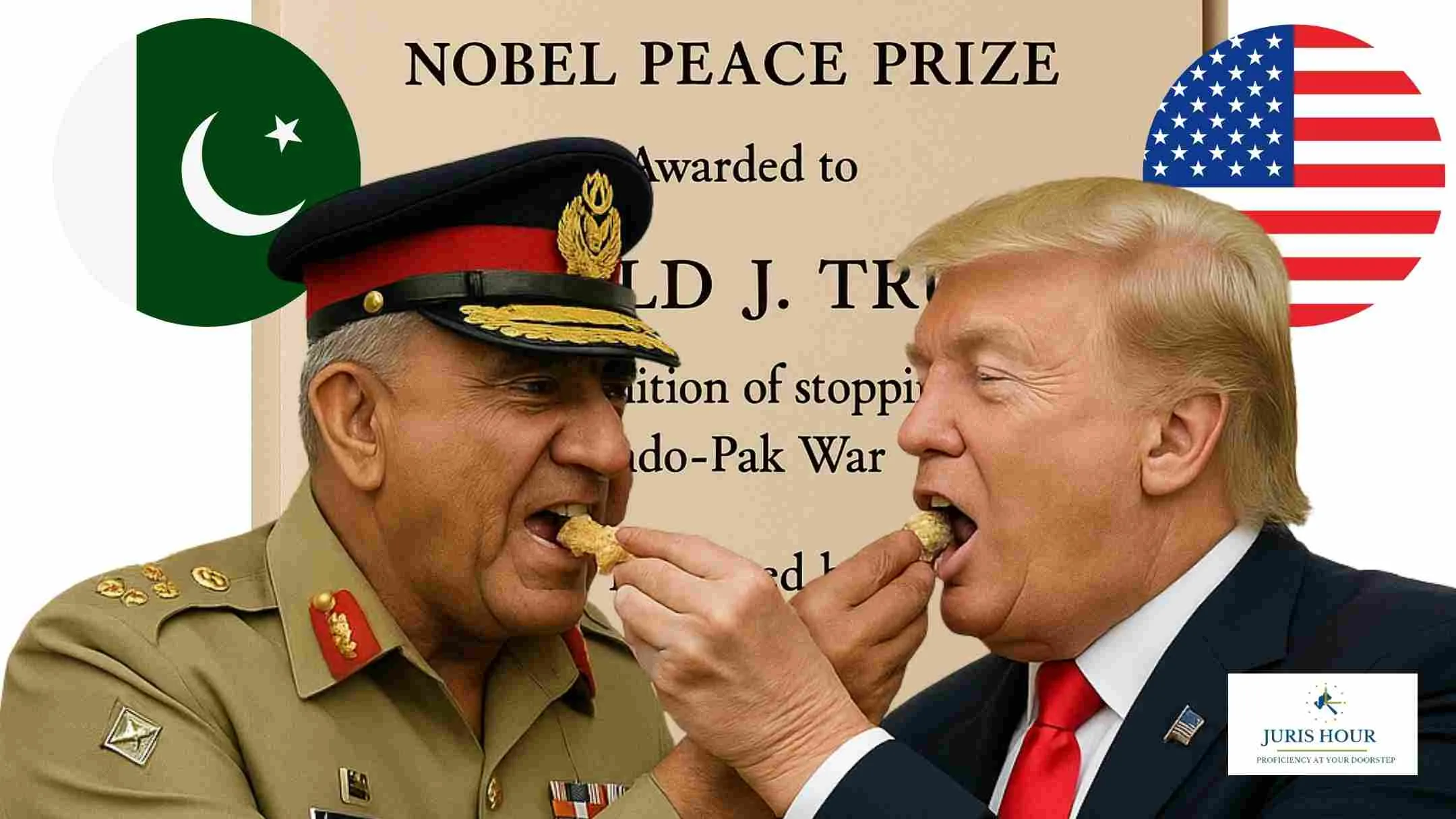The long-standing strategic relationship between India and the United States is showing signs of stress following recent developments that include the imposition of punitive tariffs by the Trump administration on Indian exports, and a noticeable revival in US-Pakistan diplomatic and military cooperation. Together, these moves are being seen by analysts as a serious challenge to India’s economic and security posture in South Asia.
Trump Slaps 25% Tariff on Indian Imports, Penalty for Ties with Russia
In a move that has rattled Indian markets and policymaking circles, former President Donald Trump—currently leading the Republican campaign—announced a 25 percent tariff on a wide array of Indian exports, along with an additional “penalty tariff” in response to India’s continued imports of Russian oil and military hardware. The announcement, made on July 30, 2025, comes at a time when trade talks between the two countries have stalled.
Trump publicly accused India of “propping up Putin’s war machine” and “manipulating trade rules” while calling India the “Tariff King.” He further stated that India’s membership in the BRICS alliance was “contrary to American interests.”
India’s Finance Ministry confirmed it is evaluating the full economic impact of these tariffs. Minister of State Pankaj Chaudhary said, “We are reviewing the implications and will consult all stakeholders before formulating a response.” Meanwhile, the Ministry of External Affairs emphasized India’s sovereign right to pursue energy security and strategic autonomy.
Markets React Sharply, Growth Forecast Cut
The economic repercussions of the tariffs are already being felt. The rupee fell to ₹87.21 against the US dollar on July 31, while the benchmark Sensex declined by nearly 0.6% amid fears of reduced competitiveness for Indian exporters.
Goldman Sachs and Morgan Stanley have revised India’s GDP growth forecasts downward by 30 to 60 basis points, citing the high exposure of Indian exporters to the US market. Sectors expected to be hit hardest include:
- Textiles and garments
- Gems and jewellery
- Leather and seafood
- Electronics and machinery
- Pharmaceuticals and processed foods
In Bengal, leather manufacturers—who rely on the US for nearly 40% of their exports—warned of mass layoffs if the tariffs persist. The Surat diamond and textile industries, already battling rising costs and delayed shipments, called the new duties “crippling.”
The Confederation of Indian Industry (CII) has urged the government to seek WTO arbitration or invoke retaliatory measures if negotiations fail.
India Reassesses Diplomatic Strategy Amid US-Pakistan Thaw
Adding to the diplomatic unease in New Delhi is a series of moves by Washington signaling a renewed engagement with Pakistan, which India views as an unreliable and destabilizing neighbor.
In the wake of the February 2025 India-Pakistan border standoff, the United States publicly claimed to have mediated a ceasefire—a claim disputed by Indian officials who maintain that negotiations were bilateral. Former President Trump went as far as to say that his intervention helped “prevent nuclear escalation” in the region and even hinted at writing to the Nobel Peace Committee for recognition.
More recently:
- Joint military exercises such as “Falcon Talon” between US and Pakistani forces have resumed after a hiatus of several years.
- Defence supplies and training programs for Pakistan’s military have reportedly been quietly restarted, with Congressional oversight minimized.
- Aid in counterterrorism and border surveillance technology has been renewed, signaling a deepening strategic alignment.
For Indian policymakers, the signals are troubling. “Washington’s balancing act between New Delhi and Islamabad is not new, but this renewed outreach to Pakistan at a time of trade coercion against India is deeply concerning,” said a senior official at the Ministry of External Affairs, speaking on condition of anonymity.
Strategic and Economic Recalibration Underway in India
With both economic and security fronts facing challenges, India is now working on multiple response strategies:
- Trade Diversification – The Ministry of Commerce is exploring expanded market access in Europe, Africa, and Southeast Asia.
- Export Incentives and PLI Expansion – Production Linked Incentive (PLI) schemes may be extended to additional sectors to offset losses.
- Counter-Tariffs and WTO Proceedings – Legal options under WTO are under active consideration, according to CBIC sources.
- Strategic Signaling – New Delhi is preparing high-level engagements with France, the UAE, and Japan to demonstrate its multilateral pivot.
At a recent policy forum, former RBI Deputy Governor Viral Acharya suggested that the disruption, while painful, could be a “blessing in disguise,” pushing Indian firms to boost productivity and competitiveness.
Conclusion: India at a Diplomatic Crossroads
The twin pressures of Trump-era tariffs and revived US-Pakistan camaraderie have injected a new urgency into India’s foreign policy deliberations. While bilateral trade had once aimed for a $500 billion target under the “Mission 500” framework, these ambitions now appear tenuous.
With global geopolitics entering a turbulent phase and domestic industries under stress, India finds itself at a strategic inflection point—one where both resilience and recalibration are the need of the hour.

